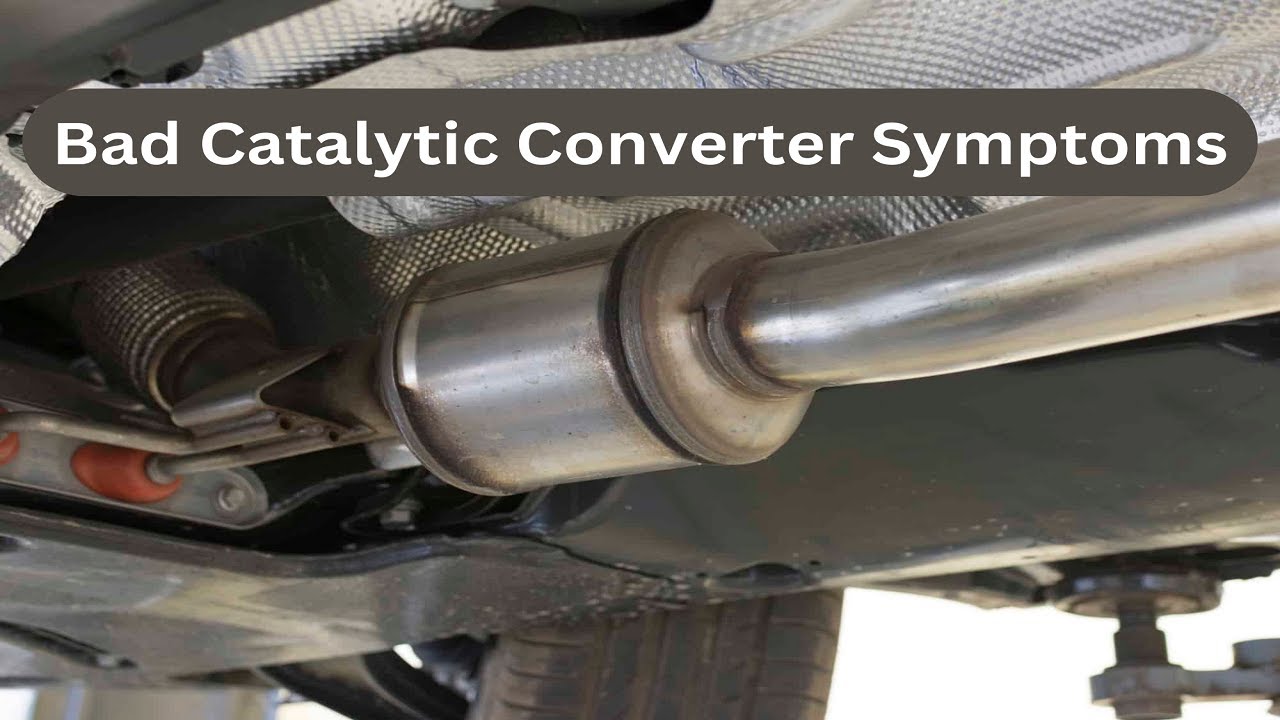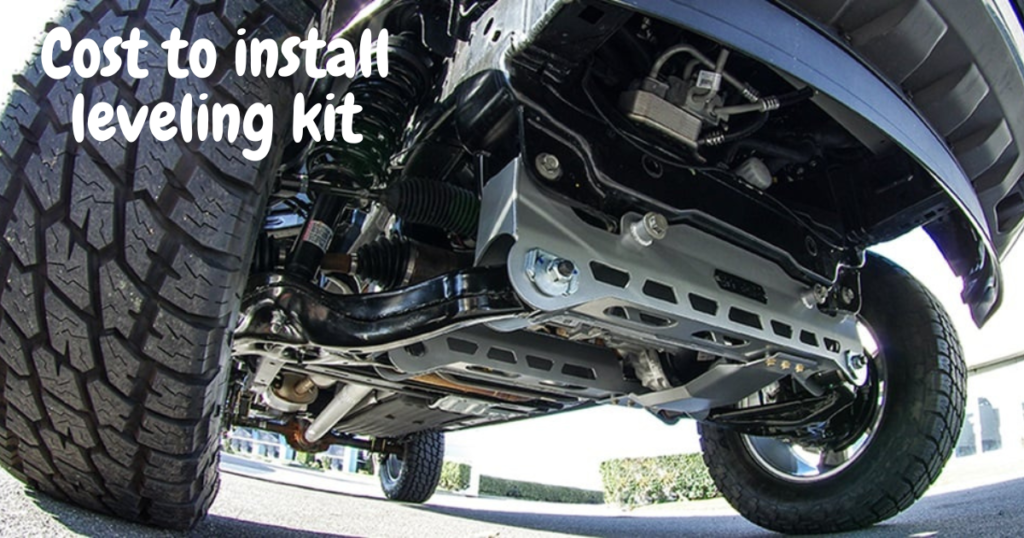If you’re here, it’s probably because you’re seeking advice on clearing a catalytic converter. You should probably prepare yourself to deal with a clogged catalytic converter the first time you get behind the wheel of an internal combustion engine vehicle. How come that is?
To put it simply, catalytic converters change harmful exhaust gases into “safer” gases. Clogging of the exhaust is inevitable given the amount of smoke that goes through it.
Here you can find instructions for maintaining your catalytic converter so that it continues to work at its best. Stay tuned!
How Do I Know If My Catalytic Converter Is Clogged?
A blocked catalytic converter can make driving a real nuisance. Not only may you be harming the environment, but you could also be destroying your car’s engine. Fortunately, a clogged catalytic converter will cause your car to exhibit some symptoms. These are the ones:
- Problems with Engine Performance
- Fuel Economy Concerns
- The Warning Lights on Your Dashboard Turn
- Failed Vehicle Emission Tests
- The Odor of Rotten Eggs
Two Proven Methods for Clearing a Catalytic Converter Clog

You currently have a firm grasp on the situation with your catalytic converter and are likely seeking a rapid solution. There are two viable options for clearing a clogged catalytic converter, which is great news. Here are a few things to keep in mind, though.
Verifying that the catalytic converter is not permanently blocked is the best course of action. Additionally, you should check to see if it is in working order.
You should probably seek the assistance of a professional if your catalytic converter is in any of these conditions; attempting to fix it on your own could end in disappointment. Following that, you are free to choose from the following strategies for clearing your catalytic converter.
Method 1: Catalytic Converter Unclogged Without Removing It
This approach is not without its limitations. The catalytic converter must not be severely obstructed for it to function. A catalytic converter cleaning is what you’re going to require.
You may clean your oxygen sensors, fuel system, and exhaust with this procedure as well. The way to do it is as follows:
- Find a catalytic converter that fits your vehicle properly.
- Keep around fifteen gallons of gas in your tank at all times.
- Regarding the fuel-to-catalytic converter cleaner ratio, be sure to follow the directions on the bottle.
- Fill up the gas tank with the catalytic converter cleaning.
- Keep your engine revved up to 2500 rpm for around half an hour. The goal is to keep going for a while so the fuel/catalytic converter combination can clean the system as it circulates around the vehicle.
- Before reading the catalytic converter again, you must re-calibrate the on-board diagnostic code.
You may have succeeded in unclogging the catalytic converter if, after the trip is over, you find that the vehicle accelerates more rapidly and produces less black smoke from the exhaust. When fixing a catalytic converter, this is among the most cost-effective options.
When it comes to certain brands, the verdict is still out, so you should probably exercise caution. To illustrate, consider the seafoam cleaner for catalytic converters.
Method 2: Unclogging the Catalytic Converter by Removal
This strategy should only be implemented after all other options have been exhausted. The following items are required:
- A few car cleaners
- Quite a big container
- A small amount of lubricant
- A floor jack
- Jack Stand
- A wrench with an impact
- A high-pressure water jet
This is the procedure to follow:
- In order to prevent burns, let the exhaust system cool down.
- Raising the vehicle and supporting it with jack stands.
- Get rid of the oxygen detectors.
- To remove the bolts, use penetrating oil.
- After taking the catalytic converter out, check it. Stop immediately if you hear a rumbling sound; the catalytic converter may be in disrepair. Do not stop what you are doing if you do not receive any sound.
- Wash the catalytic converter using a low-pressure setting on your pressure washer.
- Remove any grease from the catalytic converter by submerging it in hot water.
- Use a low-pressure spray of the pressure washer to rinse the catalytic converter.
- Once the catalytic converter has drained and dried, you can reinstall it.
- Upon reinstallation of the catalytic converter, proceed to install the oxygen sensor or sensors.
How To Fix A Clogged Catalytic Converter Without Replacing It

It could cost a considerable penny to replace a catalytic converter that gets clogged. The good news is that you don’t necessarily need to repair a blocked catalytic converter if you try one of these two methods:
Cleaning Without Removal
This method avoids removing the blockage altogether. Once combined in your fuel tank, you proceed to drive the vehicle at a relatively quick speed for a considerable amount of time. In order to remove contaminants, the gasoline and cleaner for the catalytic converter are pumped around the vehicle.
Cleaning It After Removal
This is an involved process that requires taking the catalytic converter apart and washing it by hand. After the item has been drained and dried, it can be reinstalled. You should only attempt this as a final option.
Conclusion
Knowing how to unclog a catalytic converter would alleviate most concerns regarding catalytic converters. You may unclog your catalytic converter quickly using one of the two ways described in the article. The easiest and least expensive method to repair a catalytic converter is to unclog it without removing it. While this may work temporarily, it won’t solve the problem of a clogged catalytic converter as well as removing and cleaning the converter would.





